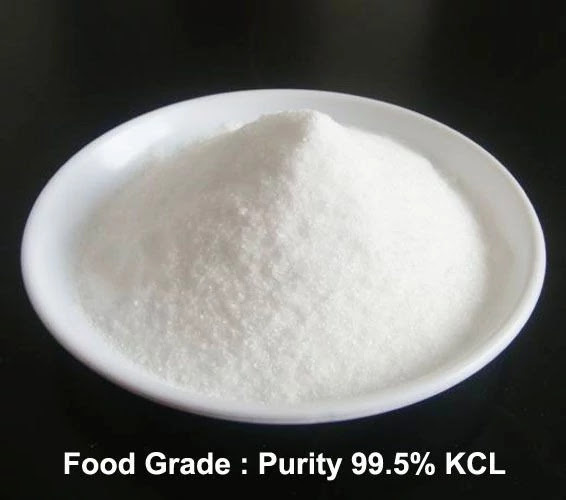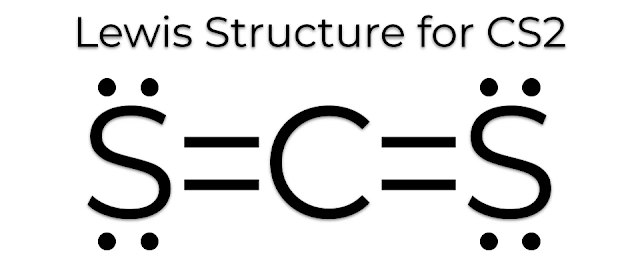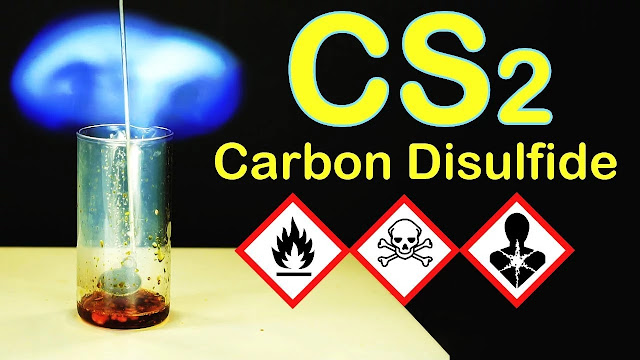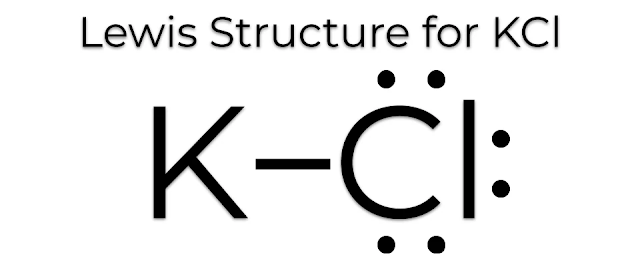 |
| Created by MakeTheBrainHappy. |
Please find above the Lewis Dot Structure for KCl (Potassium Chloride). As per usual you could replace the one bond with two electrons. In the case for KCl the electronegativity difference between potassium and chloride is so strong (.82 vs. 3.16, respectively) that the bond is considered ionic. The electrons aren't really considered "shared"; rather, the valence electrons are nearly completely coopted by the chloride. This property as illustrated by the Lewis Dot Structure gives KCl many of its properties as will be explored in the following paragraphs.
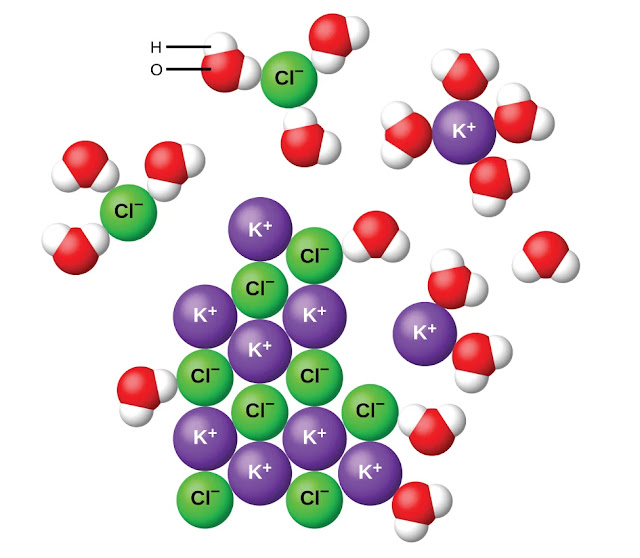 |
| KCl Dissolving in Water. Source |
How does KCl (potassium chloride) act as a solute?
As a result of its ionic character as shown in the Lewis Dot Structure it has a great partial positive and partial negative charge on either end. Therefore it dissolves very well in polar solvents such as water (shown above). Water molecules essentially surround the different individual ions and thereby disassociate the salt into solution. However since you need many water molecules per ion there can be a point where you saturate the solution. This means that no more salt can be disassociated unless you add more of the polar solvent.
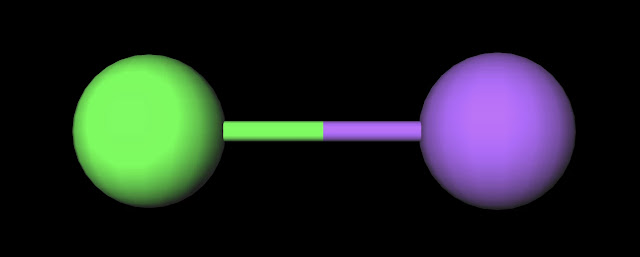 |
| KCl Molecule. Created with MolView. |
Is KCl (potassium chloride) polar or nonpolar?
As you may have guessed from the above paragraph, KCl is a polar molecule due to the great electronegativity difference discussed before. This incredibly large difference means that the compound is a solid at standard pressure and temperature with a melting point of 770˚C and a boiling point of 1420˚C. The act of disassociation as mentioned above is not equivalent to melting the pure compound into a liquid as we are discussing here. These properties are also presupposed in the Lewis Dot Structure for KCl.
How is KCl (potassium chloride) utilized in the real world?
There are a wide variety of uses for potassium chloride. There are different fertilizers which are composed of KCl for usage in agriculture. Due to the necessity of potassium in biological systems the salt form shown above is often consumed by those who are potassium-deficient. In regular food it can be utilized as a table salt (NaCl) substitute in order to lower the actual Na+ salt content in someones diet. Lastly it is found in many different niche industrial uses as a "ice" salt or in the creation of potassium metal for example. In conclusion, the different properties that allow for these utilizations are exemplified by the Lewis Dot Structure for KCl.



